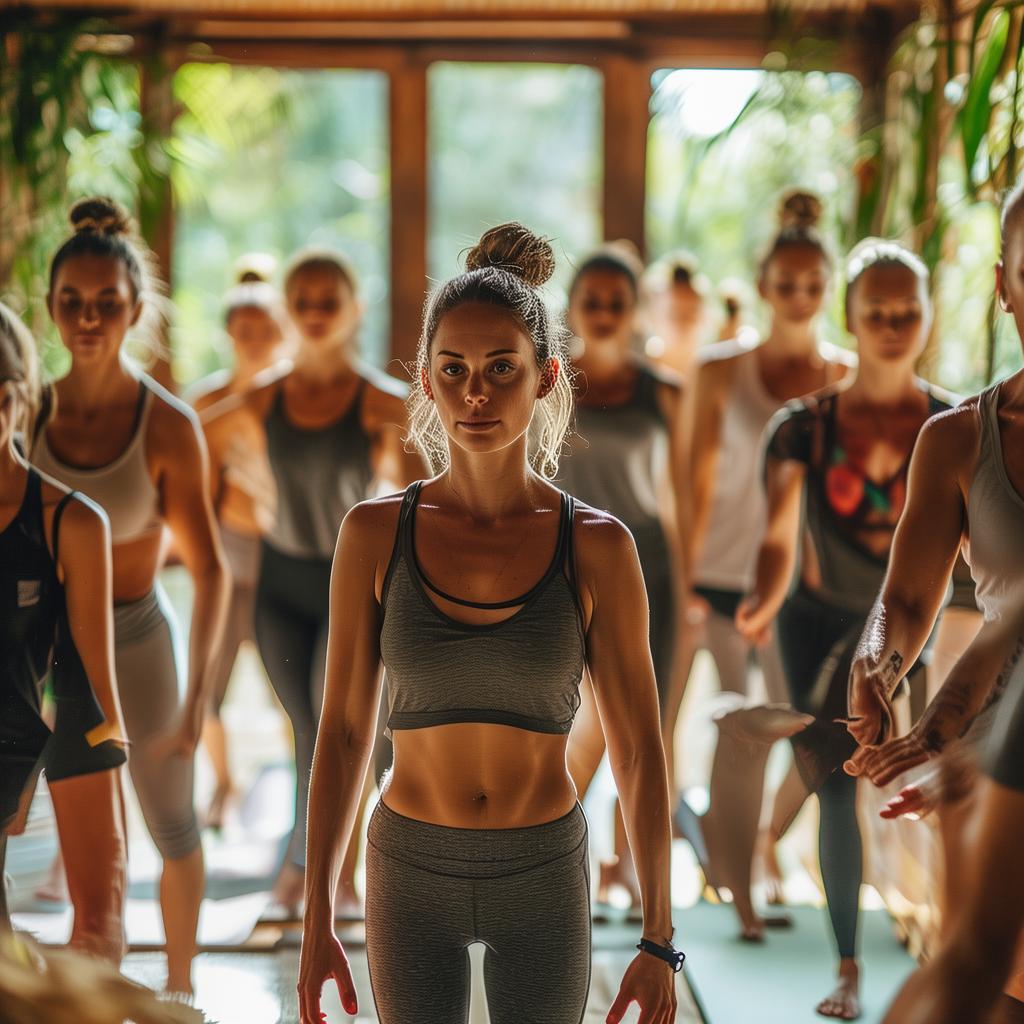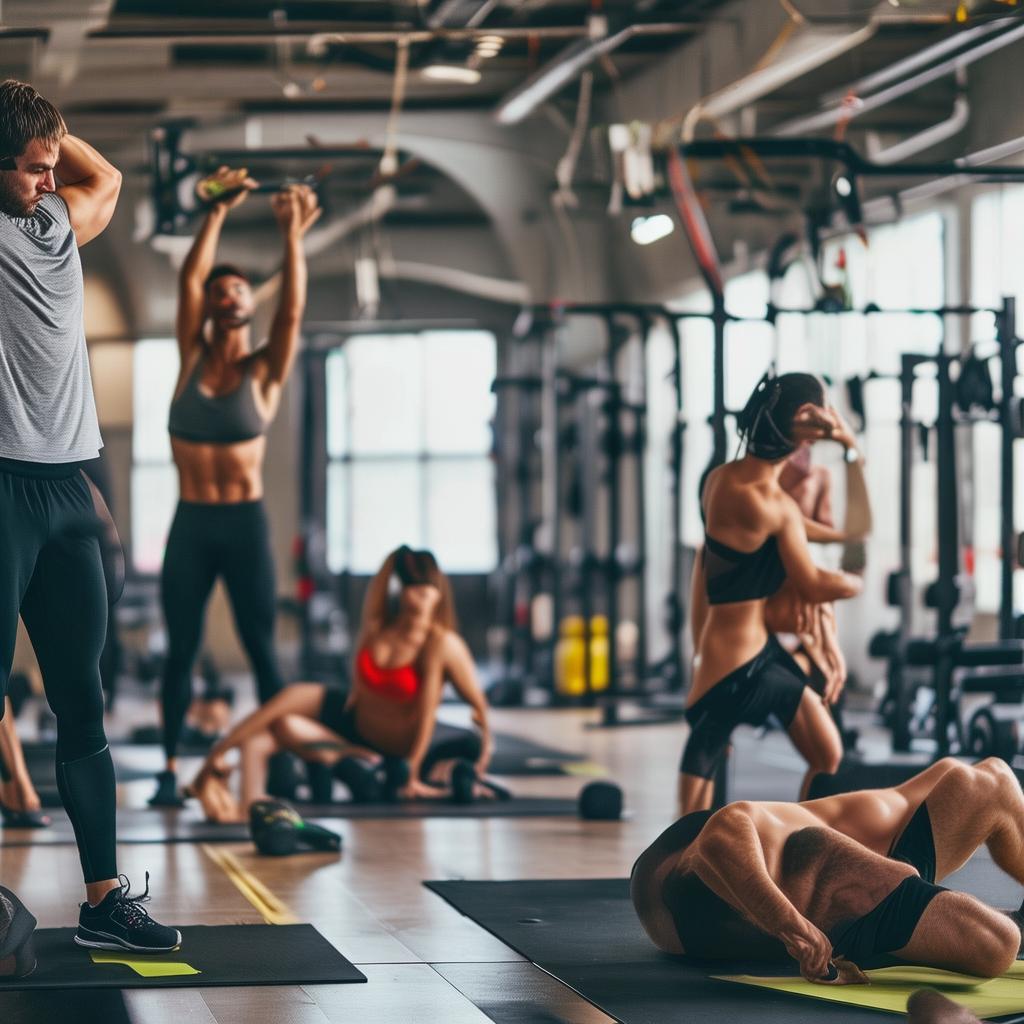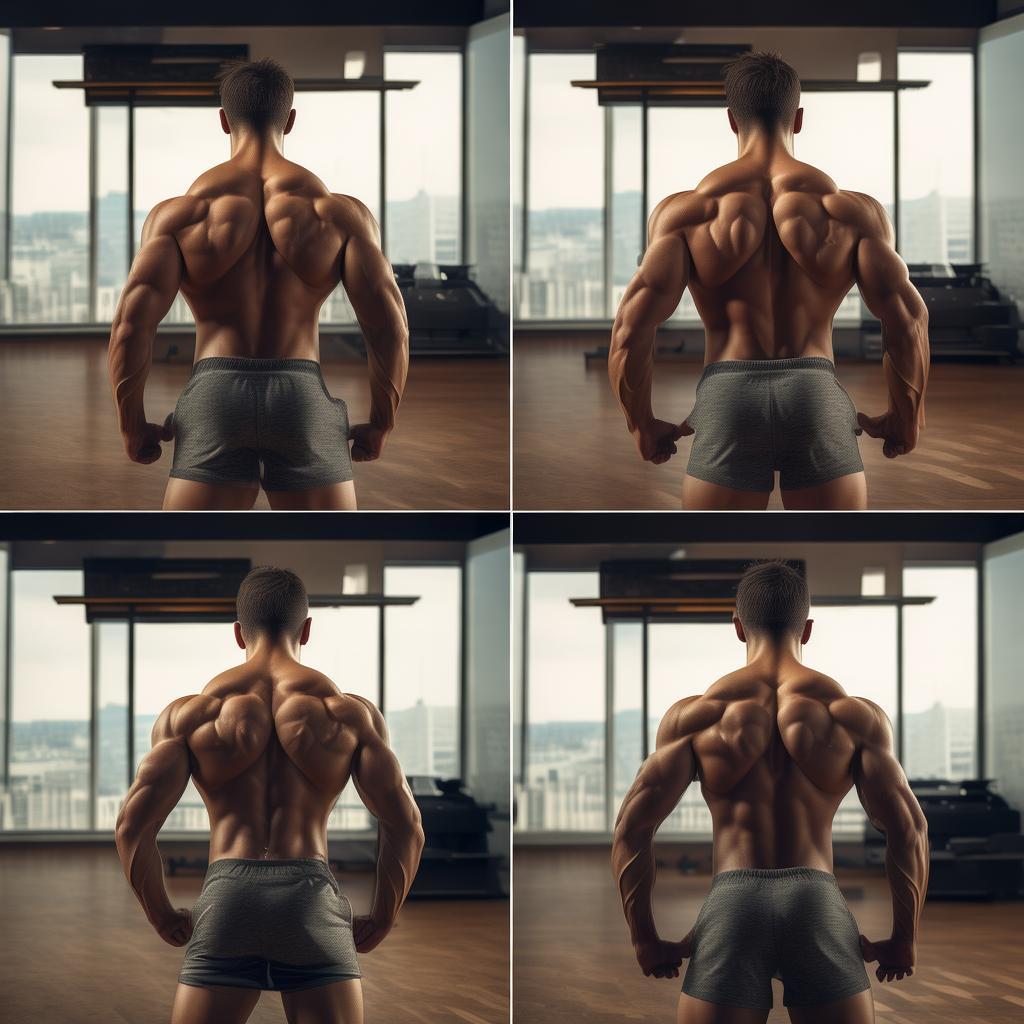What Is Flow Yoga?
Flow yoga has emerged as a highly – favored genre among yoga enthusiasts. Its charm lies in the choreographed, flowing movements, which leave practitioners with a sense of well – being post – practice. With each breath and movement, the body’s energy gradually rises and courses through the body along with the asanas. It serves as an excellent means to enhance body awareness, balance strength, and flexibility.
Different teachers can bring about distinctly different class experiences in flow yoga. A high – quality class enables practitioners at various stages to feel their bodies being gradually opened and stretched within the same session, as if the eight energy channels are being unblocked.
How is a Quality Flow Yoga Class Structured?
1. Clear class theme
Goals are an inescapable part of our lives. From childhood to adulthood, we set goals for everything we do, and yoga classes are no exception. A class should have a well – defined theme. For instance, you might aim for shoulder opening, hip opening, or backbending. It’s crucial to keep the theme clear and focused; otherwise, the class can become disorienting, leaving practitioners unsure of what they are truly working towards.
2. Asana difficulty level progressively
Once the theme is set, the class should be structured to work towards it. The difficulty of the asanas should increase gradually. Begin with simple asanas for body warm – up and then gradually ramp up the difficulty to achieve the intended theme. The choreography of the movements is not haphazard; even the most basic movements are purposefully selected for the theme. For example, if the theme is backbends, warm – up can start with simple side bends and twists to activate the body and flex the spine.
3. Natural transition
The essence of flow yoga lies in its smooth transitions between movements. Asana transitions are based on the interconnection of different asanas to complete each segment of the practice. Adjacent asanas should transition in a natural manner. Vinyasa is often employed in yoga sequences to connect to the next section or reverse – side practice.
4. Pay attention to breathing
Flow yoga differs from other yoga postures in terms of breathing. While in other postures, each asana may be held for 3 – 5 breaths, flow yoga involves one breath per movement. This poses certain requirements for practitioners. Those without prior experience may find it challenging to keep up or may be confused by the teacher’s commands if they are unfamiliar with the asana names, leading to panic and difficulty in following the class.
5. Give different options
Since a class usually consists of practitioners of varying levels, to ensure that everyone benefits, different asana options should be provided. This way, all practitioners can find something suitable for their level and make progress in the class.
For yoga instructors, adhering to the above – mentioned points can help in arranging a well – structured class. For yoga practitioners, they can use their own experience to evaluate a yoga teacher’s course and make an informed decision about their practice choices.





